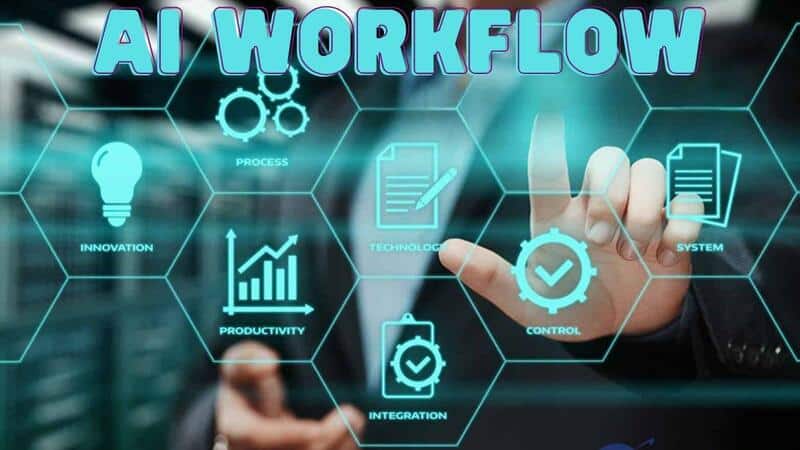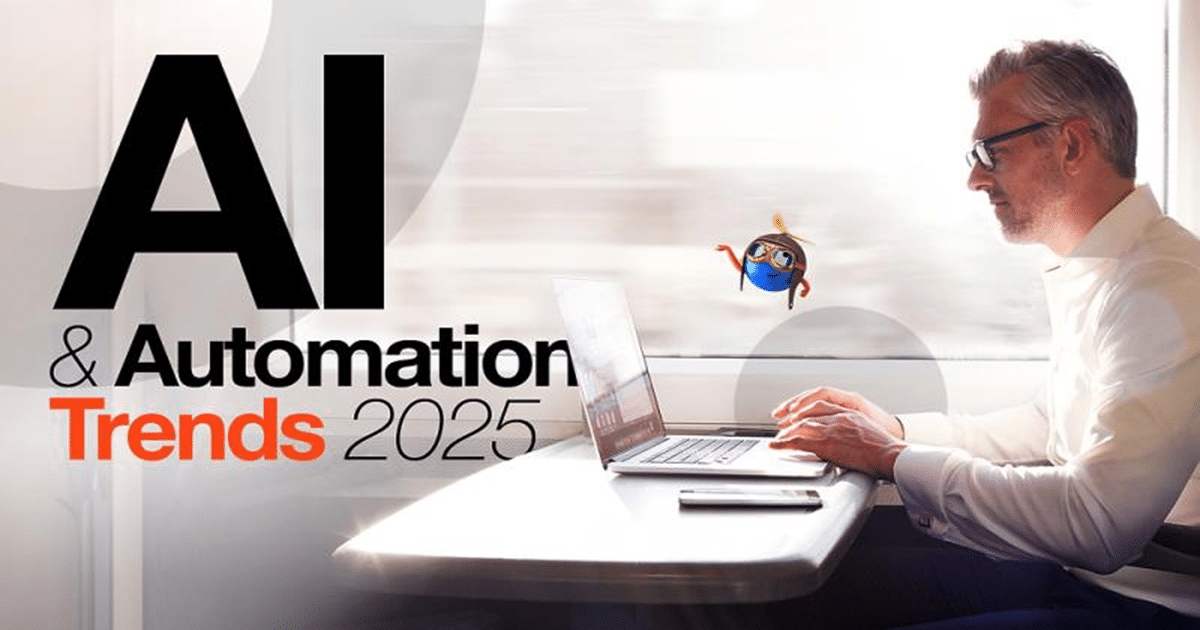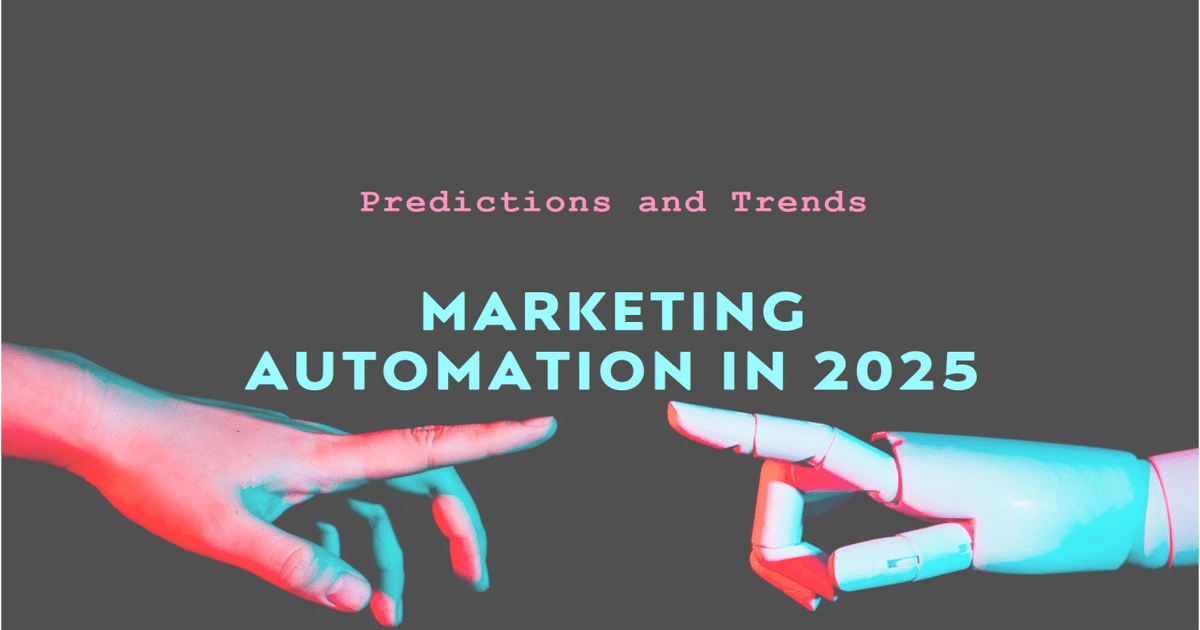Learn how AI Workflow Automation may help your organisation save time, money, and increase output. Get the best tools and tips for making your processes better right now.
Businesses have to work faster and more efficiently than ever in today’s fast-paced digital world.
One thing is apparent, no matter if you’re in charge of a small startup or a big company: time and money are limited. That’s where AI Workflow Automation comes in. This game-changing technology isn’t just a buzzword; it’s transforming the way we operate by liberating teams from boring activities and letting them focus on what really matters.
In this detailed study, we’ll look at the current state of AI Workflow Automation, the finest solutions available today, and how they may significantly boost your operational efficiency. We’ll also look at real-world examples, provide you useful advice, and show you how to easily add these solutions to your current routines.

What does AI Workflow Automation mean?
AI Workflow Automation is the use of AI to automate processes in a business process that are repetitive and follow rules. This could include anything from automatically creating reports and sending emails to making smart decisions and using predictive analytics.
AI-powered systems learn, adapt, and get better over time, unlike traditional automation technologies that just follow rules that have already been set. They make workflows not just faster but also more intelligent.
Why AI Workflow Automation Is Important Right Now
Smart task handling will help you save time.
One of the best reasons to buy AI Workflow Automation is that it saves you time. Most of the time, employees at most companies do boring things like answering emails, updating CRM systems, making reports, or keeping track of their calendars. With the correct AI technology, these jobs can be done automatically and with little supervision.
A McKinsey analysis says that automation might increase global productivity growth by 0.8% to 1.4% each year. For any business, that’s a big deal.
Cut down on mistakes and make things more accurate.
Not only are manual operations slow, but they are also likely to make mistakes. AI workflow solutions make this risk much smaller by doing jobs with the same logic and accuracy every time. AI Workflow Automation is a must when accuracy is important, such as in finance, compliance, or data entry.
Costs of running are lower
The initial cost of AI tools may appear exorbitant, but they will save you a lot of money in the long run. Companies can cut their operational expenses by a lot by making fewer mistakes, wasting less time, and making better use of their human capital.

Best AI Workflow Automation Tools for 2025
Here are some of the most important tools that are changing the future of AI Workflow Automation:
OpenAI and Zapier (for general automation)
Small businesses and startups love Zapier because it lets people who aren’t tech-savvy connect apps and automate tasks with ease. With OpenAI connections, Zapier can do more than just start tasks. It can also understand the situation, respond like a person, and change over time.
Use case: Automatically responding to customer assistance requests based on the content of the request.
Make.com (Integromat)
Make.com, which used to be called Integromat, has strong visual automation and works with hundreds of services. It works well for firms that need bespoke, multi-step workflows and has advanced logic for complicated tasks.
Use case: moving data between marketing platforms and ERP systems.
UiPath (for RPA at the enterprise level)
UiPath is great for businesses who want to automate more of their work across departments because it focusses on robotic process automation (RPA). It offers a lot of compliance capabilities and supports smart document processing and AI-based triggers.
Use case: Automating the processing and reconciliation of invoices in finance.
Notion AI and Automations
Notion’s new focus on automation and AI gives knowledge workers a strong tool to organise their notes, find action items, and even make dashboards—all in one place.
Use case: Making weekly reports and assigning tasks automatically based on what happens on a project.
n8n.io (Flexibility with Open Source)
n8n is an open-source way to automate workflows. It may be hosted on its own, customised, and is great for developers that want to make secure automations on their own infrastructure.
Use Case: Making custom workflows for private client information in healthcare or legal fields.
How to Use AI to Automate Your Workflows
It doesn’t have to be hard to get started. To help you get started with automation, here is a step-by-step guide:
Step 1: Check the workflows you already have
Make a list of the chores you do every day that are the most repetitive and take the most time. Focus on those that follow clear, rule-based steps.
Step 2: Pick the Right Tool
Choose an AI workflow tool that meets your demands. Tools like Zapier or Make.com are great for small tasks. UiPath or Power Automate are good choices for businesses.
Step 3: Start small and then grow.
Start with one or two workflows and see how they operate. Check how much time, money, and accuracy have improved. Once you’re sure, you can automate more tasks by scaling up.
How AI Workflow Automation Works in the Real World
HR and New Hires
Companies utilise AI to automate the process of hiring new employees. This includes sending welcome letters, giving them access to internal systems, and giving them training materials.
Campaigns for Marketing
AI solutions can save marketers dozens of hours a week by scheduling articles, answering consumer questions, customising content depending on user behaviour, and keeping track of how well campaigns are doing.
Service to Customers
Chatbots and email automation technologies like Intercom or Zendesk AI can handle basic support jobs, which lets human agents focus on more difficult problems.
Things to think about and problems
AI Workflow Automation has a lot of benefits, but there are also some problems to think about:
- Data Privacy: Make sure you follow the rules set by GDPR, HIPAA, or any other legislation that apply.
- Change Management: Employees may not want to change; effective communication and training are very important.
- Cost of Implementation: Not all options are cheap. Before deployment, you need to figure out the ROI.

AI Workflow: Kỷ nguyên mới của tự động hóa quy trình làm việc
What will AI workflow automation look like in the future?
As AI gets better, it will also have an effect on automation:
- Hyperautomation: A trend in which many technologies, such as AI, machine learning, and RPA, work together to automate all parts of an organisation.
- Cognitive Automation: Systems that can do things and also think and understand.
- No-Code Automation Platforms: These are tools that let anyone, no matter how tech-savvy, construct powerful automations.
Why AI Workflow Automation Is No Longer an Option
The question is no longer whether you should use AI Workflow Automation, but when. You can’t deny the big edge it gives you over your competitors. AI automation is making the future more efficient, accurate, and creative by cutting down on manual work and mistakes and saving millions of hours each year.
AI workflow tools are here to stay, whether you’re a small business owner looking to minimise expenses or a big company leader searching for solutions that can grow with your firm. The sooner you start using them, the better.
To stay updated on the latest AI developments and tool reviews, follow us on our social media channels:
- YouTube: https://youtube.com/@AItoolsbiz
- Twitter: https://x.com/AItoolsbiz
- LinkedIn: https://www.linkedin.com/in/aitoolsbiz







